Tags: Water
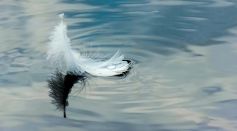
Why Do Objects Float on Water? Understanding the Role of Buoyancy and Density in the Phenomenon of Floating

Belly Flops Explained: Physics Behind Painful Poolside Splat
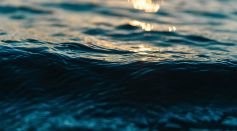
Earth’s Southern Hemisphere Could Be Drying Due to El Niño, Study Suggests; How Does This Affect the Entire Planet?
![Water Shortage: Increased Demand Due to Population Growth, Frequent Extreme Weather Threaten Supply [Study]](https://d.sciencetimes.com/en/full/49448/water-shortage-increased-demand-due-population-growth-frequent-extreme-weather-threaten-supply.jpg?w=237&h=131&f=bc93fcfa53d649221e12a7d679fcef5a)
Water Shortage: Increased Demand Due to Population Growth, Frequent Extreme Weather Threaten Supply [Study]
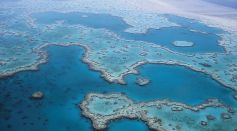
Groundwater Discharge of Hidden Nutrient Source Imperiling Great Barrier Reef's Health
Mississippi River Is Disappearing Based on Satellite Photos; Drinking Water Supply in Louisiana, Barge Shipments Affected
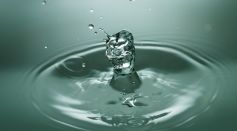
Pure Water Can Measure Antineutrinos From Nuclear Reactors at Large Distances

New Hydrogel Material Allows Atmospheric Water Harvesting; Device Could Provide Refreshment in Desert Environments
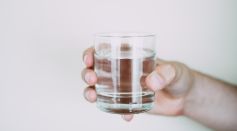
Can Drinking Lots of Water Lower Blood Pressure? How Does Dehydration Affect Hypertension?

Revolutionary 3D-Printed Toilet Bowl Aims to Revolutionize Waste Management, Conserve Water with Its Ultra-Slippery Surface
Chandrayaan-1 Data Suggests Earth’s Electrons May Be Contributing to Water Formation on Moon
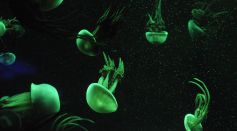
Most Venomous Animal in the Water: Box Jellyfish Venom Contains Toxins That Attack Nervous System, Heart, Skin
Interaction Patterns of Water and Oxide Crystals Revealed Using 3D Analysis of Hydration Structures
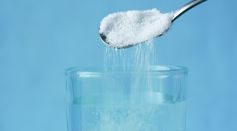
Does Adding Salt to Drinking Water Boost Hydration and Replenish Electrolytes?
![2 Men Face Near-Death Lightning Strike While Kayaking [Watch]; How To Keep Yourself Safe When on Water](https://d.sciencetimes.com/en/full/48736/2-men-face-near-death-lightning-strike-while-kayaking-watch-how-keep-yourself-safe-when-water.jpg?w=237&h=131&f=26eb56a37870bff6059710c76f701f03)
2 Men Face Near-Death Lightning Strike While Kayaking [Watch]; How To Keep Yourself Safe When on Water

NASA's Viking Landers Found Potential for Past Martian Life 50 Years Ago But May Have Resulted in Accidental Extinction
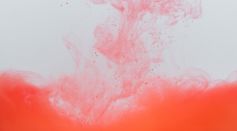
Is Blood Thicker Than Water? Modern Interpretations Say Otherwise
Water Vapor Detected in Baby Planet System Sheds Light Into Its Potential Habitability, Earth's Origins

Behind Post-Wildfire Mudslides and Floods: Scientists Discover Surprising Role of Underground Water Accumulation

Gullies on Mars Could Have Been Carved by Cascading Water, Study Reveals
Most Popular

Say Goodbye to Dark Spots: The Science Behind Dark Spot Remover Creams

Persistent Coughs Are Everywhere: Here's What Experts Think Is Causing It

Ancient Hotspot Found to Have Created Great Lakes 300 Million Years Ago

Mysterious Structures Discovered Beneath the Pacific Ocean, Puzzle Scientists





